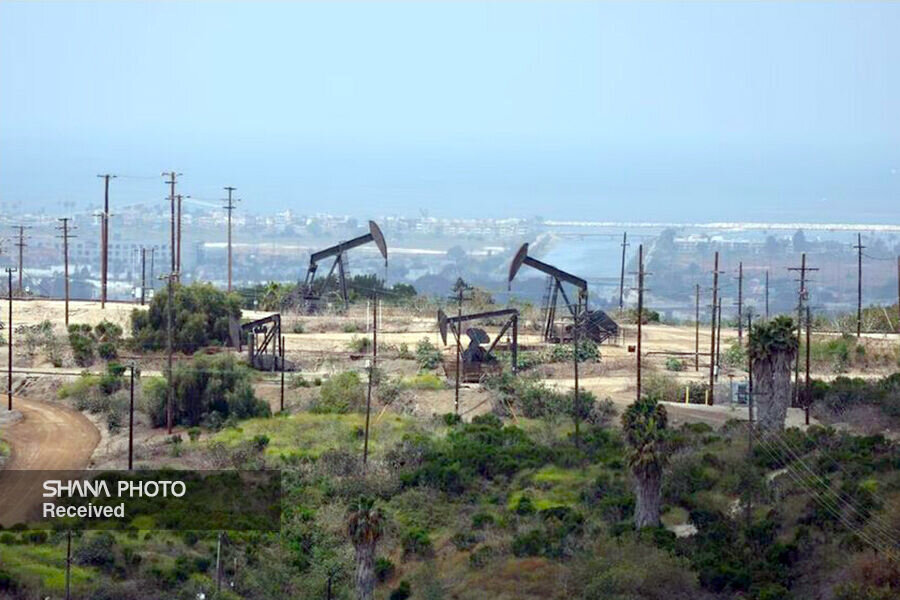Crude and condensate production rose to a record 13.1 million barrels per day (b/d) in August, surpassing the previous peak of 13.0 million b/d set in November 2019 before the COVID-19 pandemic, Reuters reported.
Output from the Lower 48 states excluding federal waters in the Gulf of Mexico increased to a record 10.8 million b/d, according to the U.S. Energy Information Administration (“Petroleum supply monthly”, EIA, October 31).
Lower 48 output was up by 955,000 b/d (+10%) compared with a year earlier, though growth slowed modestly to 210,000 b/d (annualised growth of 8%) in the most recent three months from May to August.
Production has continued rising even though prices have retreated from the highs reached in the middle of 2022 in the immediate aftermath of Russia-Ukraine war.
Inflation-adjusted U.S. crude futures prices averaged $71 per barrel in June 2023 (43rd percentile for all months since 2000) down from a peak of $121 in June 2022 (82nd percentile).
In response, drilling rates have fallen with an average of just 501 rigs drilling for oil in October 2023 down from 623 in December 2022.
But production has continued to increase partly because of the delays in the system – it takes on average about 12 months for a change in prices to filter through into a change in output.
Shale firms have also tried to eke out extra output by concentrating the smaller number of rigs on only the most promising well sites and boring much longer laterals.
Longer horizontal sections ensure each well is in contact with more reservoir rock and can bring more oil to the surface, boosting productivity per well.
Increased efficiency has kept U.S. production on an upward trend even as Saudi Arabia and its allies in OPEC+ have trimmed their own output to support prices.
It is likely U.S. output would have peaked in the third quarter and started to turn down if OPEC+ had not boosted prices and thrown a lifeline to the shale sector.
But following extra production cuts by Saudi Arabia and Russia, front-month futures prices increased to an average of $89 (60th percentile) in September and $85 (57th percentile) in October.
Higher prices have stabilised the rig count, which was basically flat over the month of October, for the first time since the start of the year.
If prices remain above $80 per barrel in real terms, the long-term inflation adjusted average, production is likely to remain flat or continue to rise slightly in the remainder of 2023 and 2024.
U.S. gas production
Like oil production, U.S. gas output has also continued to increase, a lagged response to high prices in 2022, but the subsequent slump in prices has been more severe and is causing a more pronounced slowdown in output growth.
Dry gas production amounted to 3,236 billion cubic feet in August 2023, an increase of just 3% compared with the same month a year earlier (“Natural gas monthly”, EIA, October 31).
Growth has decelerated from almost 7% a year ago as the industry adapts to some of the lowest futures prices in decades in real terms.
Real front-month prices fell to just $2.23 per million British thermal units (2nd percentile for all months since 2000) in April 2023 down from $9.19 (78th percentile) in August 2022.
Since then, prices have risen, but only modestly, averaging $2.70 (7th percentile) in September 2023 and $3.15 (14th percentile) in October, which has not been high enough to relieve the pressure on producers.
With no equivalent of Saudi Arabia, Russia and OPEC+ to accelerate the rebalancing, U.S. gas producers have experienced lower for longer prices than their oil counterparts.
In response to low prices, the number of rigs drilling primarily for gas had fallen to an average of just 118 in October 2023 down from a cyclical peak of 162 in September 2022.
But drilling is stabilising in response to the renewed rise in prices, with the number of rigs basically stable last month.
Working gas inventories were just 79 billion cubic feet (+2% or +0.32 standard deviations) above the prior 10-year seasonal average near the end of September.
The surplus had narrowed progressively from 299 billion cubic feet (+12% or +0.81 standard deviations) at the end of June.
The combination of fewer drilling rigs, slower production growth, faster exports, and ultra-low prices stimulating consumption by power generators has largely eliminated surplus inventories carried over from 2022.


Your Comment